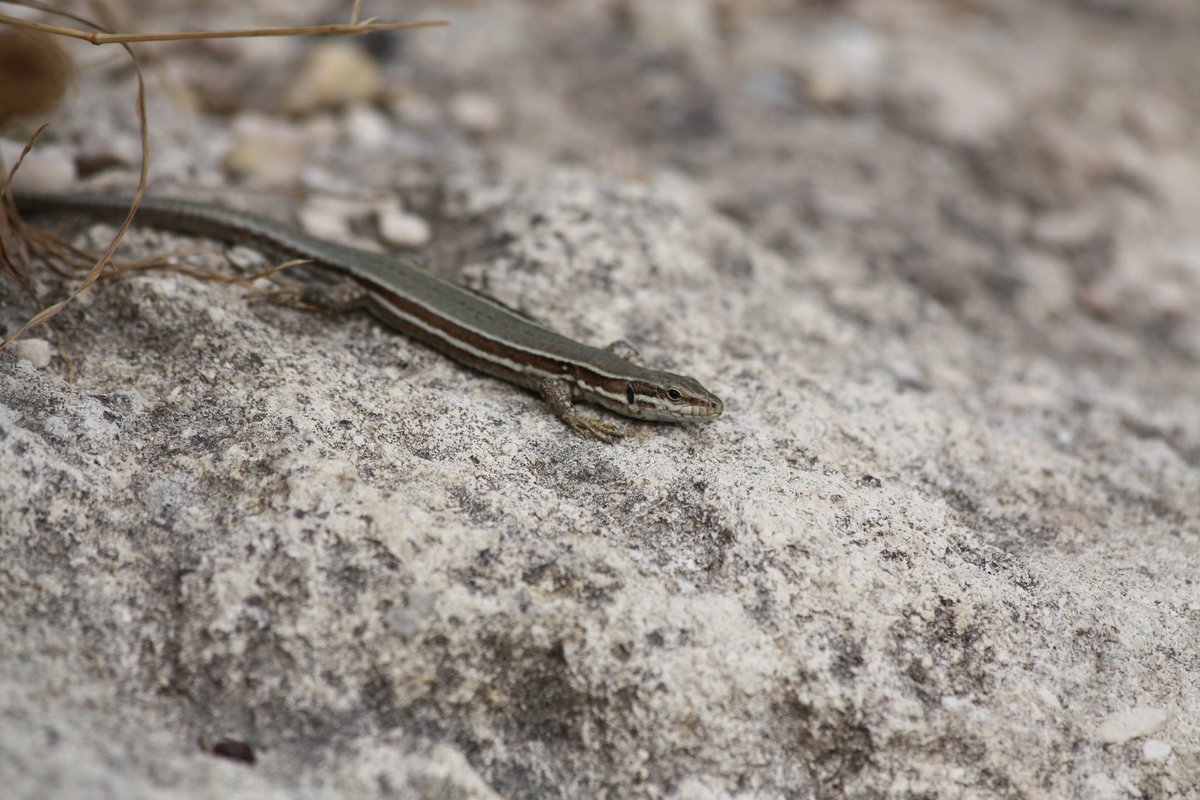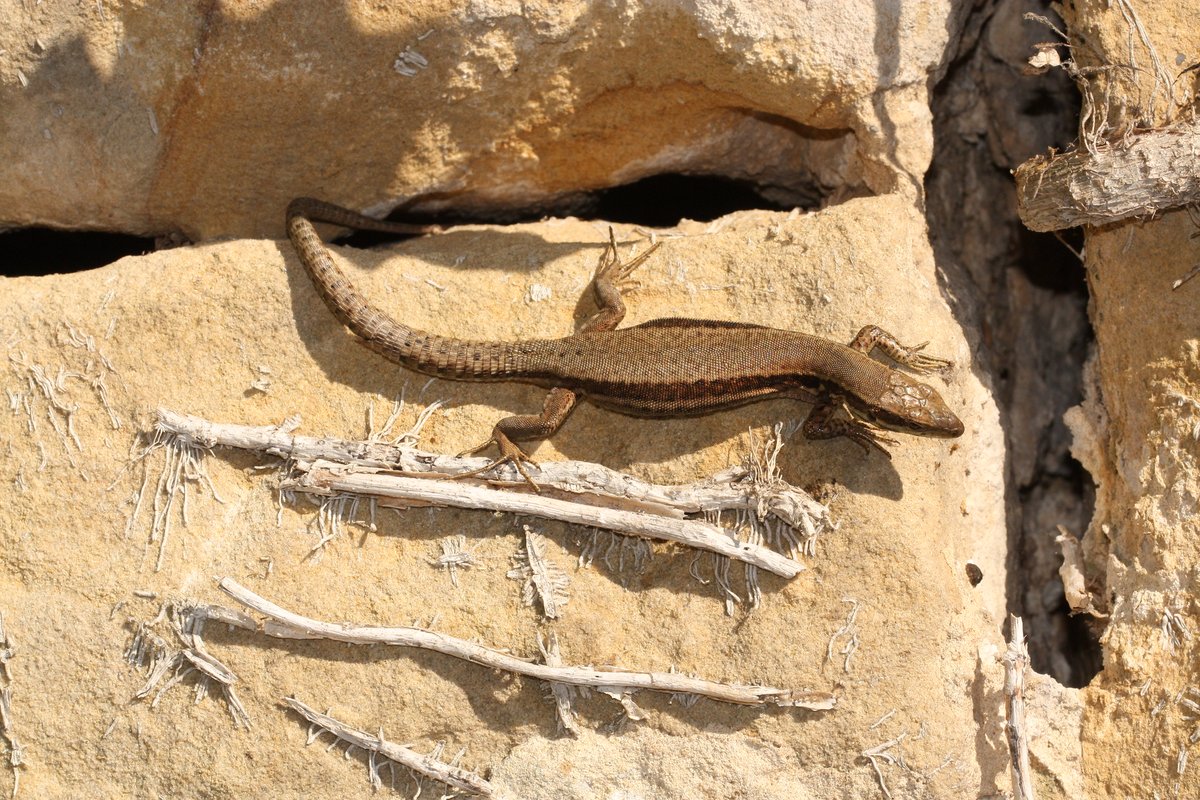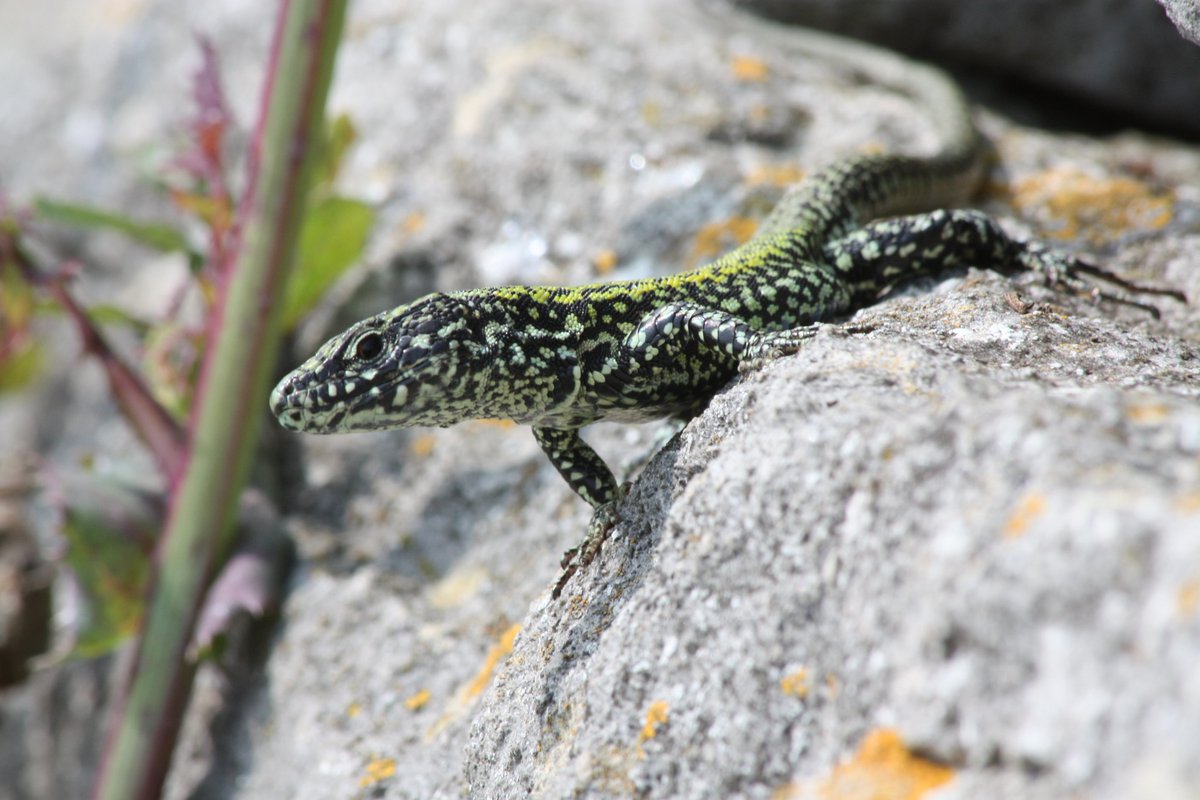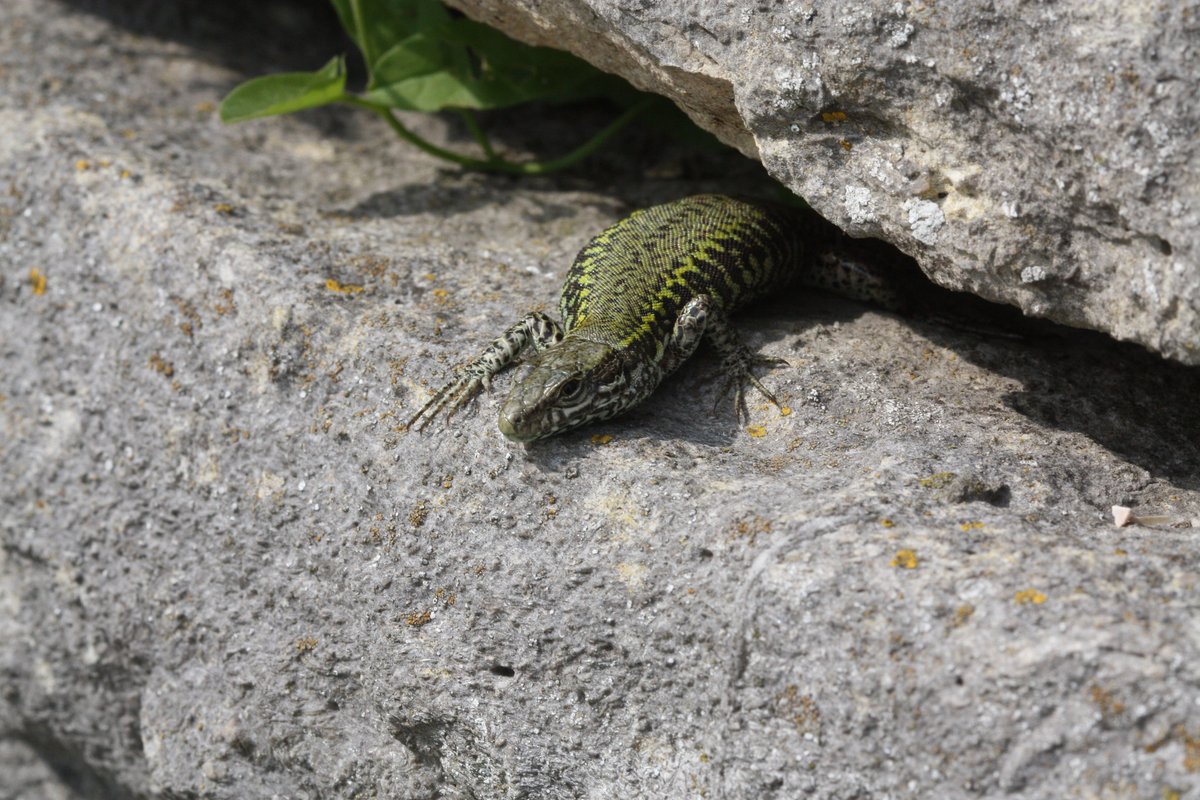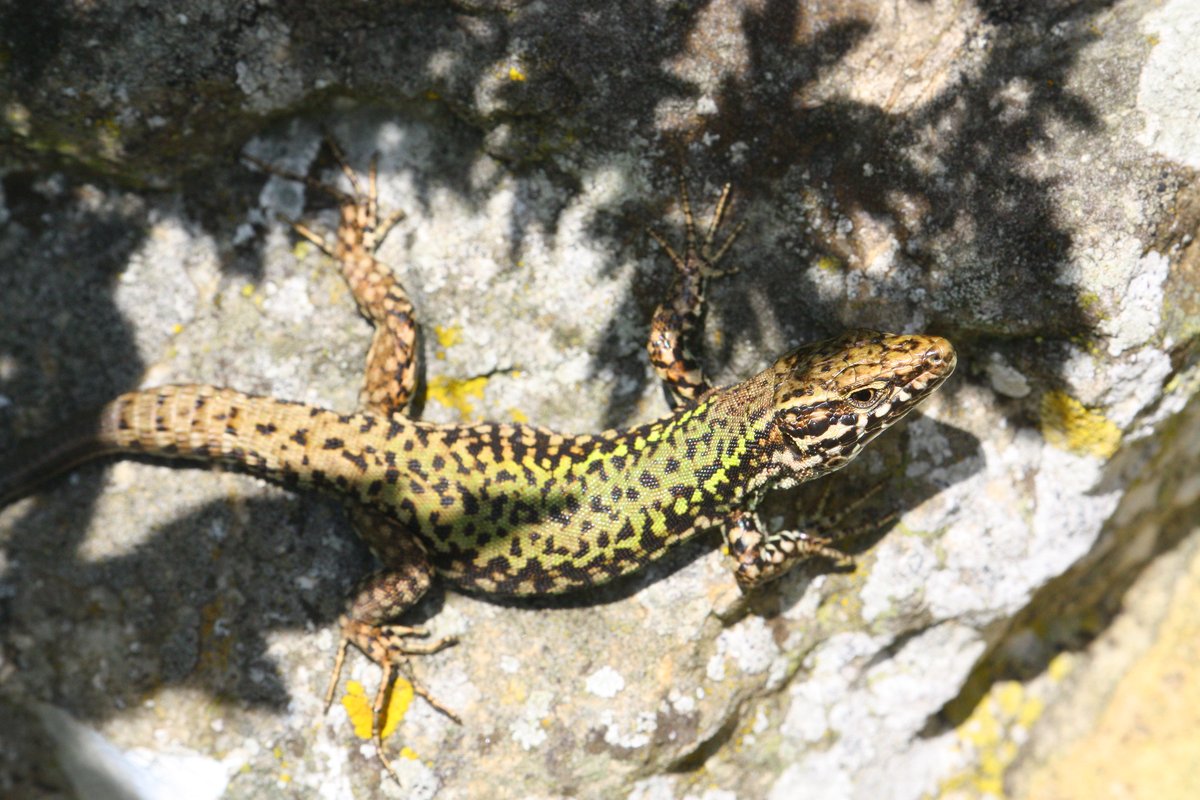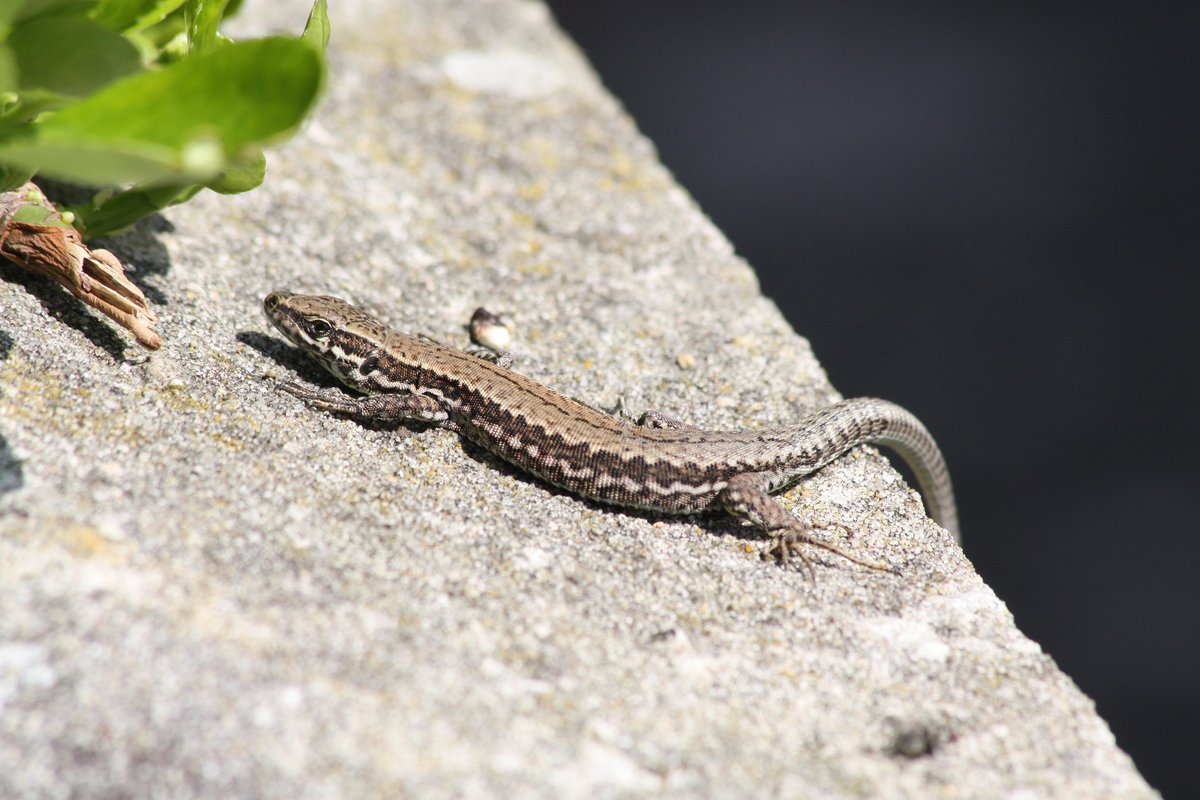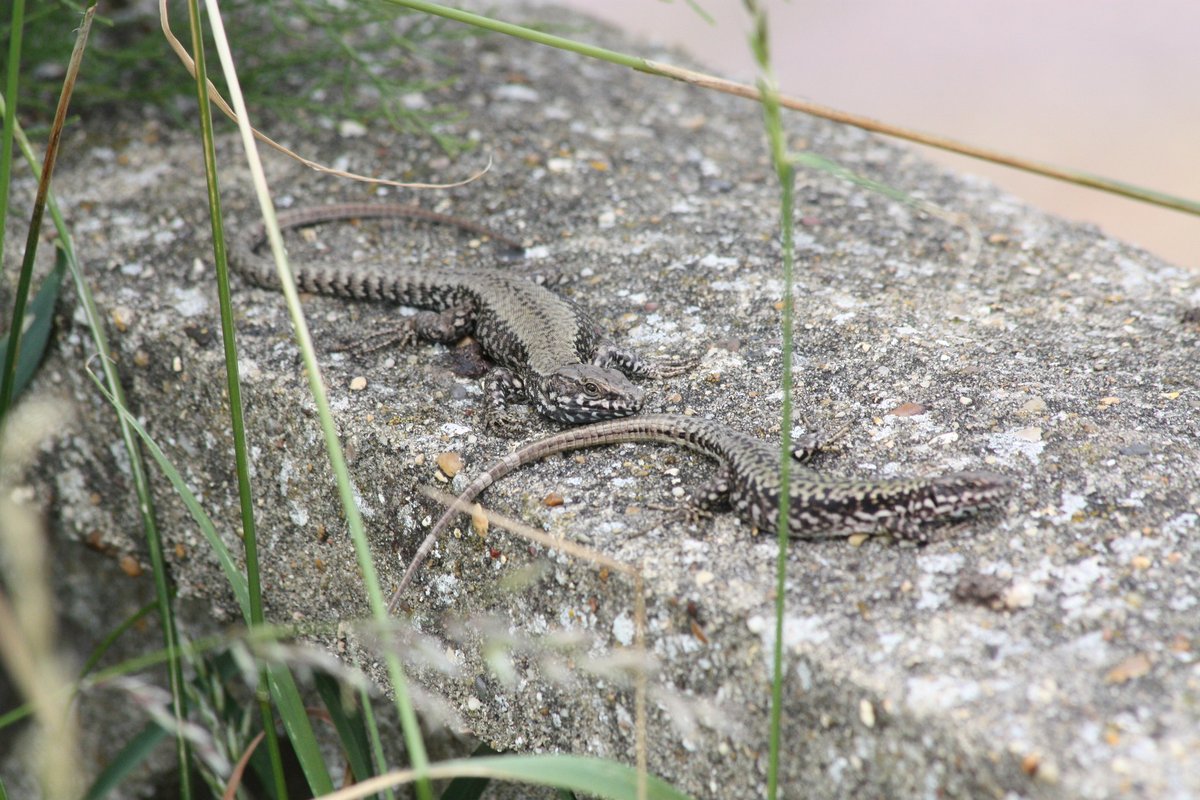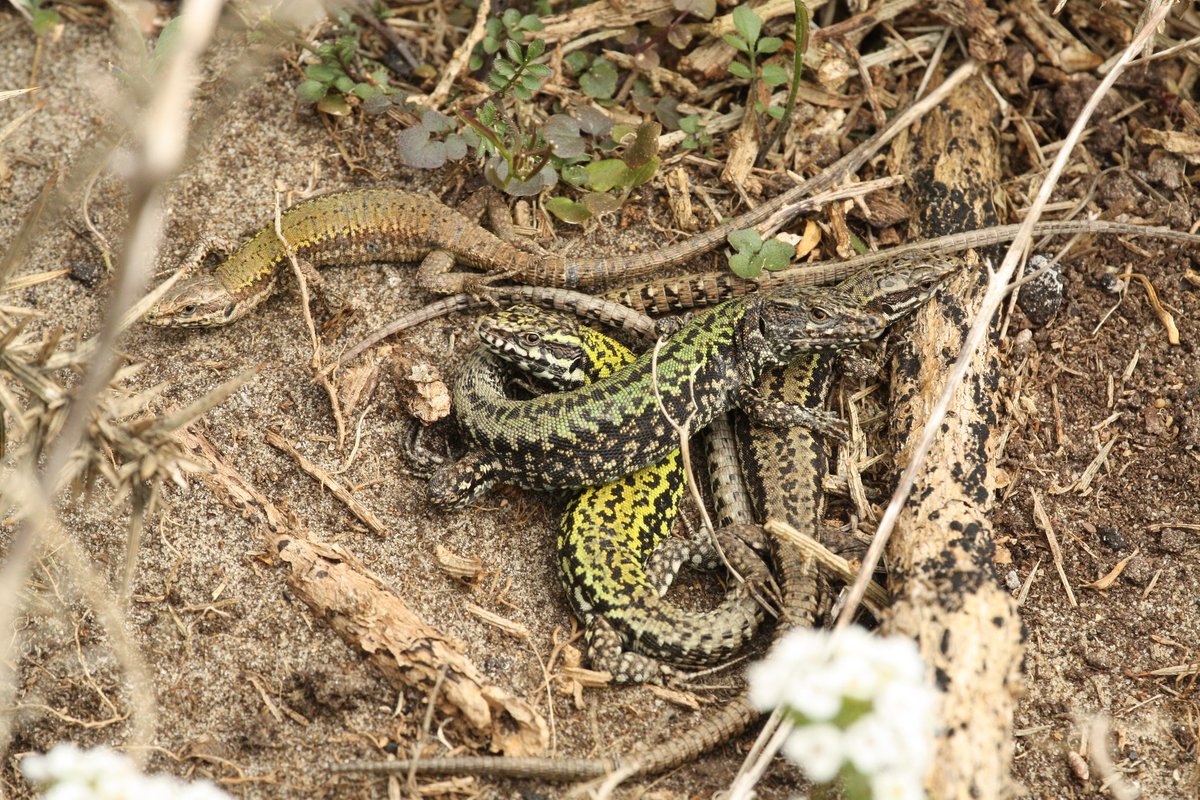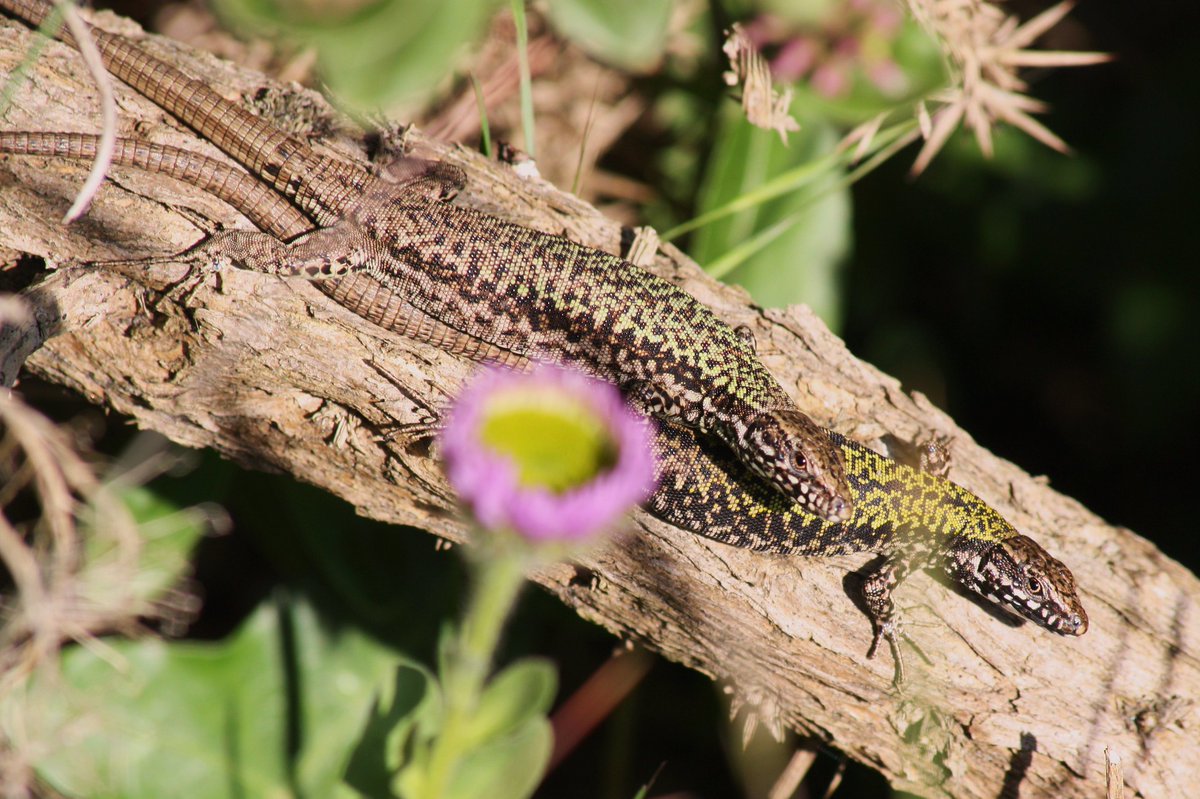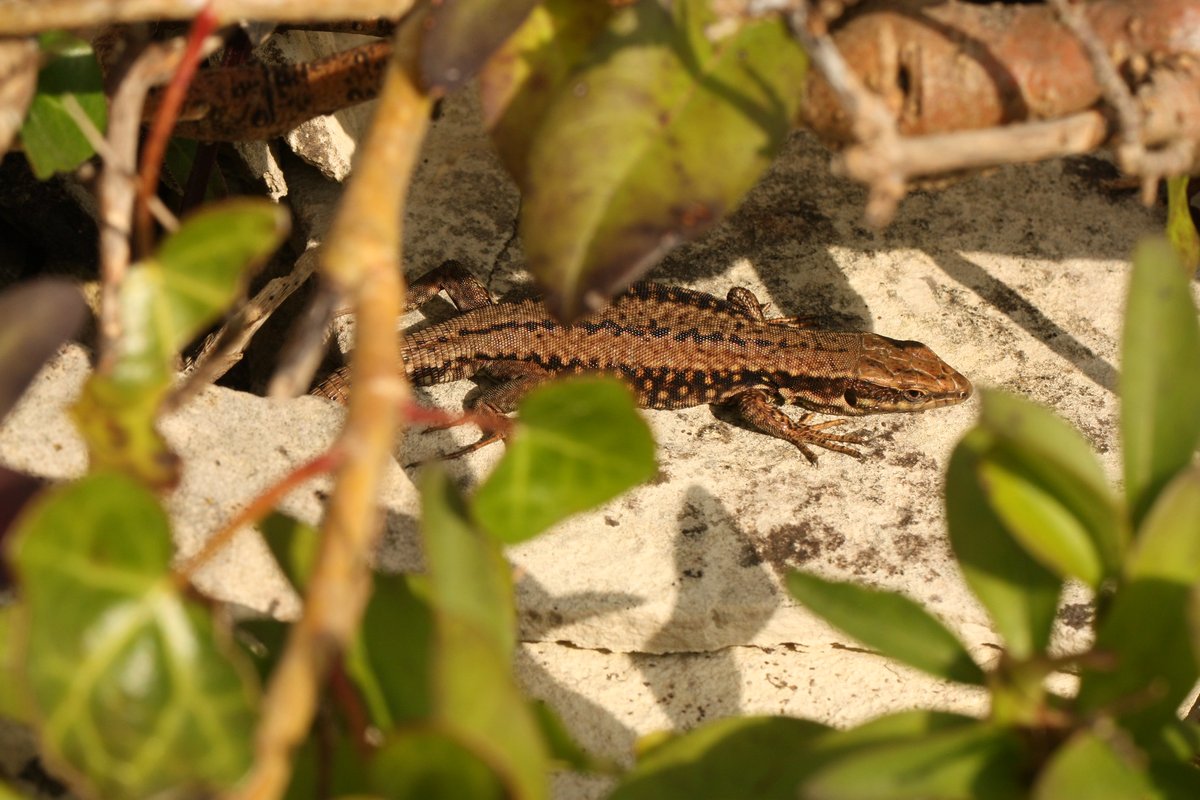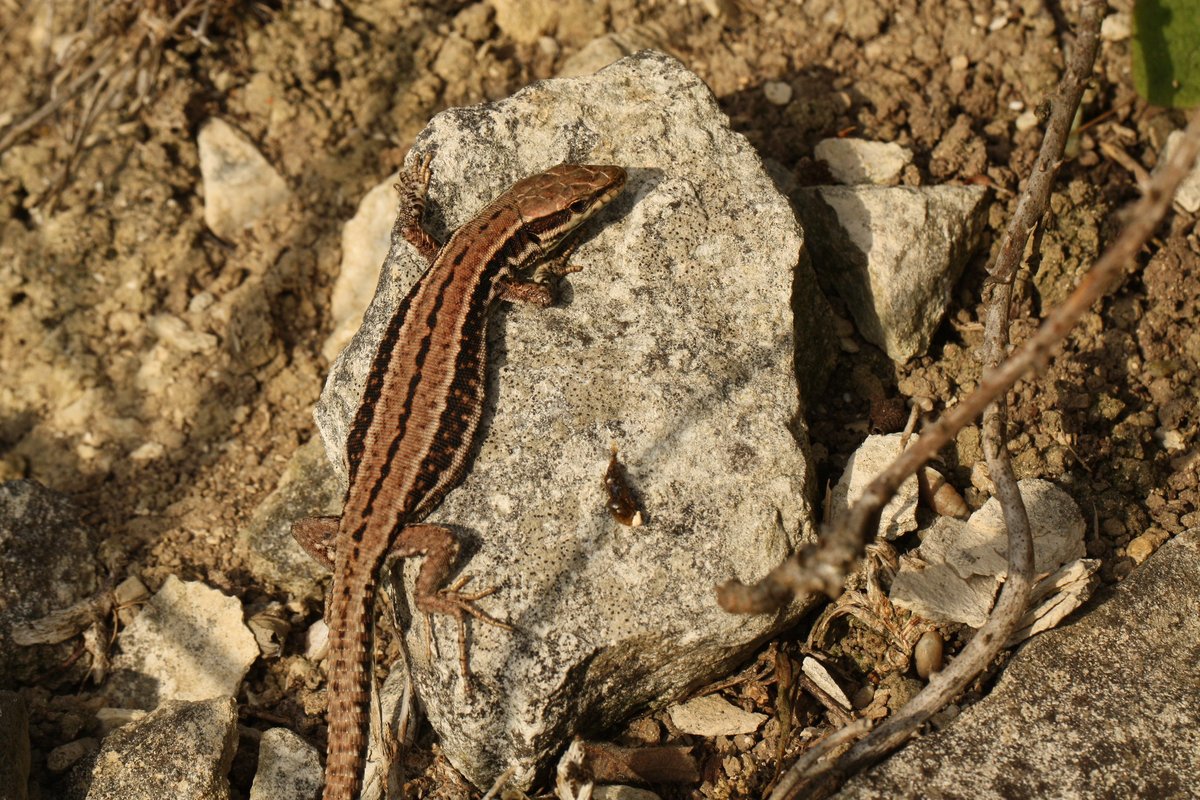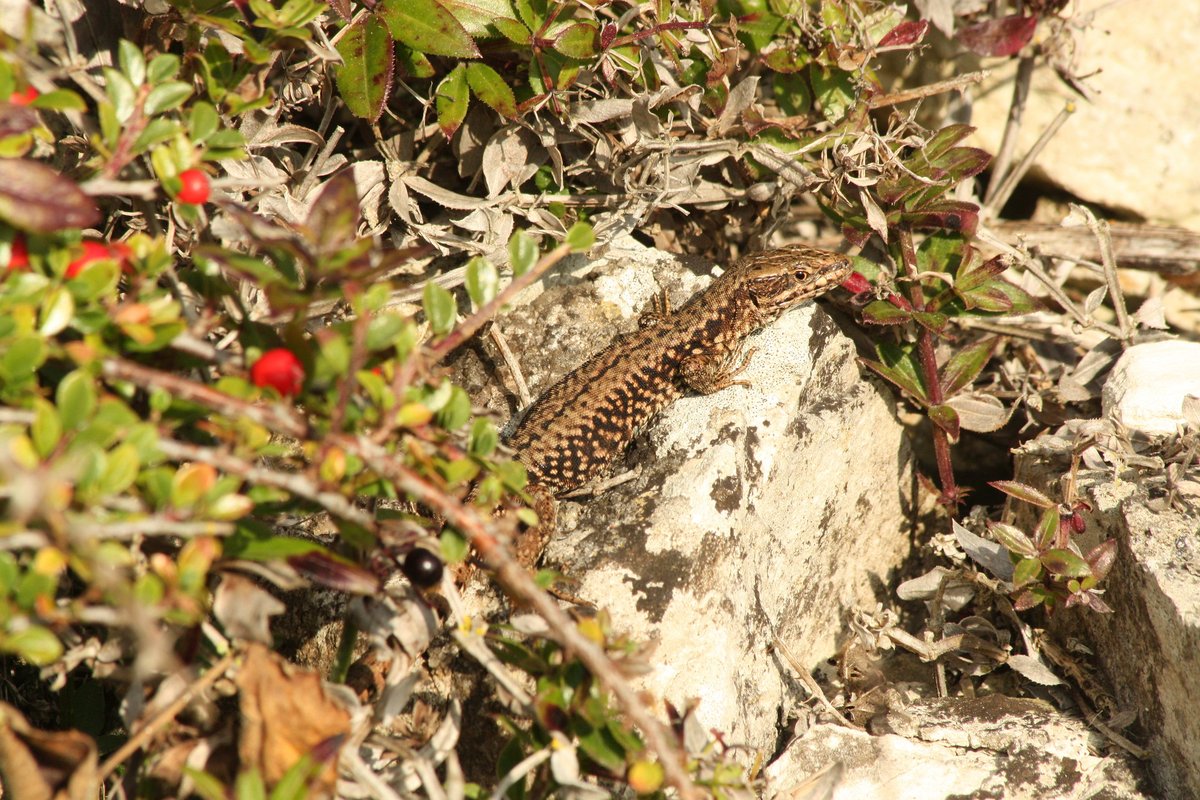For #WorldLizardDay here& #39;s a quick thread about Britain& #39;s fourth #lizard species, the introduced common wall lizard Podarcis muralis. It& #39;s a widespread and diverse species with several subspecies described. Here are some from France, Luxembourg and Slovenia 1/7
Common wall lizards are now established at a number of sites in the UK and are a British resident species, although non-native. The impact of this on our native lizards is not fully understood. They used to be very common in the pet trade, the source of many UK populations. 2/7
The oldest and largest UK population is in #Ventnor on the #IsleofWight. There are many theories about where they came from including releases in the 1840s, and swimming ashore from an Italiam shipwreck. They are the green-backed form consistent with animals from North Italy 3/7
Another large population is in #Shoreham-by-sea in #Sussex. These escaped from the garden of a herpetologist and originate from two populations in Italy. Both green and brown animals are present. 4/7
Several populations exist on the #Dorset coast including the seafront in #Bournemouth and #Poole and disused quarries on the Purbeck coast. Genetic studies show they are from mixed stock. These populations likely result from a deliberate and illegal attempt to establish them 5/7
Also in #Dorset are the populations on the #IsleofPortland, which are present in disused stone quarries. These are all brown-backed animals which probably originate from Northen France 6/7.
There are also other established populations in Dorset and Sussex, as well as Somerset, Surrey, Kent, Bristol, Devon, London and South Wales. The also arrive in the UK via unexpected routes sometimes! 7/7 https://www.dailymail.co.uk/news/article-2232027/Man-finds-inch-lizard-Morrisons-salad-pack.html">https://www.dailymail.co.uk/news/arti...

 Read on Twitter
Read on Twitter
